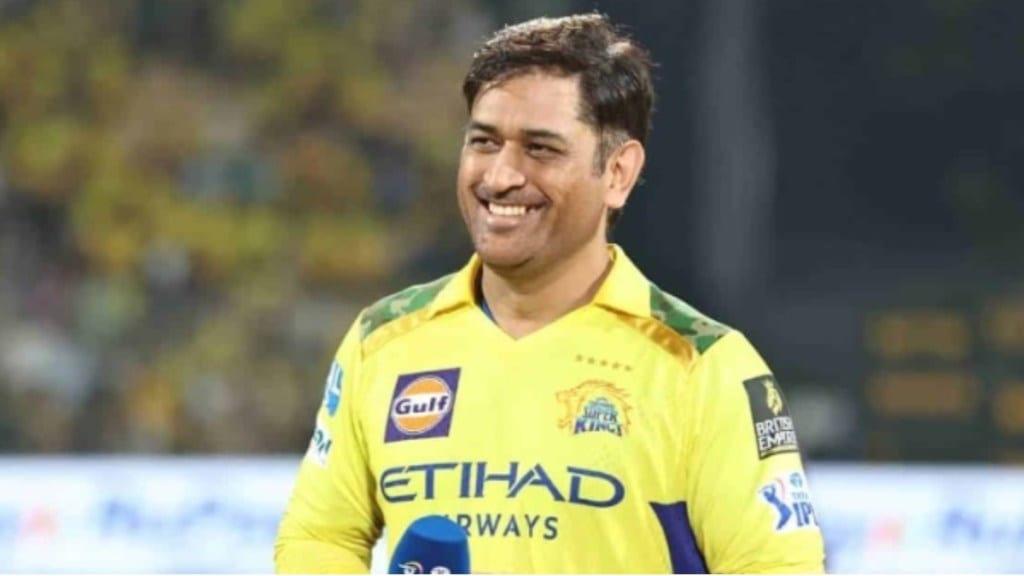India’s top cricketers are set to lose an estimated Rs 150–200 crore in endorsement deals following the government’s sweeping ban on real-money gaming, according to industry reports. The policy shift, introduced under the new Online Gaming Bill, threatens to reshape the economics of Indian cricket and its advertising ecosystem.
For years, fantasy gaming platforms such as Dream11, MPL, and My11Circle have been among the biggest sponsors of cricket, spending aggressively on the IPL, national team deals, and player endorsements. Their sudden exit leaves a vacuum that could alter the financial dynamics of the sport.
Biggest names, biggest losses
Star players like Virat Kohli, Rohit Sharma, and MS Dhoni were among the highest earners from these partnerships. Kohli reportedly made Rs 10–12 crore annually through his MPL deal, while Sharma earned Rs 6–7 crore from Dream11, and Dhoni took home a similar amount from Winzo.
The impact will be felt most by younger players, who often relied on these companies for the bulk of their endorsement income. “For some, this effectively wipes out their entire endorsement portfolio,” notes a Cricbuzz report, highlighting names such as Mohammed Siraj and Washington Sundar, who could lose a third of their deals.
Dream11’s decision to withdraw as Team India’s jersey sponsor, a deal worth R 358 crore, was the first major fallout. The IPL faces another hit of nearly Rs 125 crore annually with My11Circle likely stepping back. While the cash-rich tournament may find replacements, smaller leagues and global affiliates will struggle. The European Cricket Network has already suspended operations, citing lost Indian gaming investments that kept it afloat.
Advertising industry takes a hit
The impact isn’t confined to cricket. Real-money gaming brands accounted for 7–8% of India’s overall ad market and contributed 15–20% of digital ad spends, translating to Rs 8,000–10,000 crore annually, according to Elara Capital. With this revenue stream drying up, digital platforms and broadcasters could see a dip in ad demand during the upcoming cricket season.
“Their brand value and income are bound to decline. While players endorse multiple products, the real-money gaming segment contributed significantly to their endorsement revenue, which could drop by 20–25%,” said Karan Taurani, VP at Elara Capital.
The ban, while addressing regulatory concerns, forces a reset in cricket’s sponsorship playbook. Traditional categories like FMCG and telecom will need to step up, but whether they can match the deep pockets of gaming companies remains uncertain. For now, Indian cricket, and its stars, must brace for an economic slowdown that could change the game off the field.

